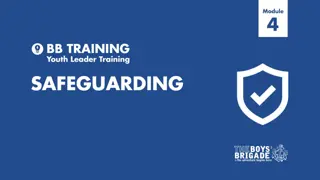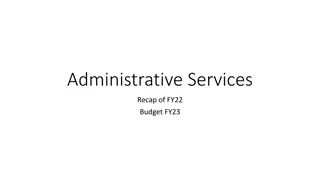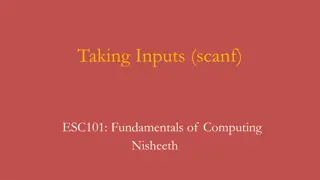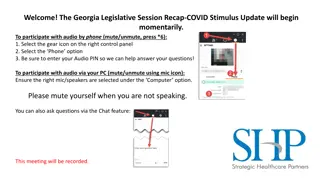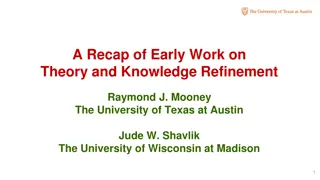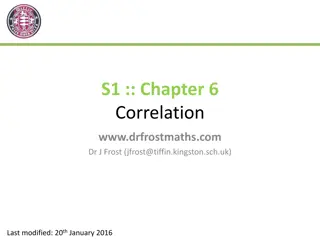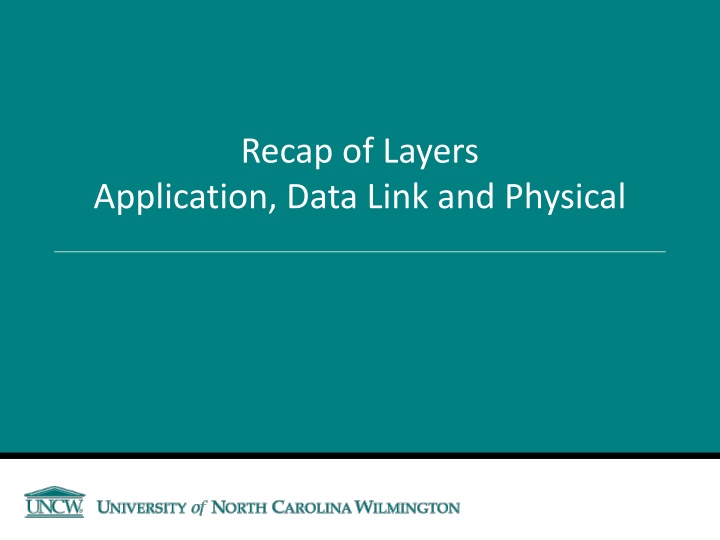
Network Layers and Application Architecture
Explore the layers of application, data link, and physical networks, along with the functions and characteristics of the application layer. Learn about the architecture, software components, and workings of web and email communication. Delve into the transport and network layers' roles in message delivery and addressing in computer networks.
Download Presentation

Please find below an Image/Link to download the presentation.
The content on the website is provided AS IS for your information and personal use only. It may not be sold, licensed, or shared on other websites without obtaining consent from the author. If you encounter any issues during the download, it is possible that the publisher has removed the file from their server.
You are allowed to download the files provided on this website for personal or commercial use, subject to the condition that they are used lawfully. All files are the property of their respective owners.
The content on the website is provided AS IS for your information and personal use only. It may not be sold, licensed, or shared on other websites without obtaining consent from the author.
E N D
Presentation Transcript
Recap of Layers Application, Data Link and Physical
Network Layers Computer 1 Computer 2 2
Application Layer Applications (e.g., email, web, word processing) Application Layer Transport Layer Network Layer The software that enables the user to perform useful work Application architecture The way in which the functions of the application layer software are spread among the clients and servers on the network Functions of Application Layer 3
Application Layer Characteristics User User User User . . . HTTP SMTP FTP Other applications TCP IP Local network * From Business Data Communications (Manish Agrawal) 4
Application Architecture Splitting the work across the client and the server Basic Software Components: Presentation Logic Application Logic Data Access Logic Data Types of Architectures: Host (or Server) Based Client Based Client/Server Based 5
How the web and email work: Web: HTTP Request sent from a client to a server What is included in the request? Server responds back with an HTTP Response What is included in the response? Email: SMTP Packet sent from client to server POP IMAP 6
Network Layers Computer 1 Computer 2 7
Introduction - Transport layer Responsible for end-to-end delivery of messages Application Layer Responsible for segmentation and reassembly Breaking the message into several smaller pieces at the sending end Reconstructing the original message into a single whole at the receiving end Transport Layer NetworkLayer Interacts with Application Layer 8
Network Layers Computer 1 Computer 2 9
Introduction Network Layer Responsible for addressing and routing of messages Selects best path from computer to computer until the message reaches destination Transport Layer Performs encapsulation on sending end Adds network layer header to message segments Network Layer Data Link Layer Performs decapsulation on receiving end Removes the network layer header at receiving end and passes them up to the transport layer 10
Network Layers Computer 1 Computer 2 11
Data Link Layer - Introduction Responsible for moving messages from one device to another Network Layer Controls the way messages are sent on media Data Link Layer Physical Layer Organizes physical layer bit streams into coherent messages for the network layer Major functions of a data link layer protocol Media Access Control Error Control Message Delineation 12
4.1 Media Access Control (MAC) Controlling when and what computer transmit Important when more than one computer wants to send data at the same time over the same, shared circuit Point-to-point half duplex links Multipoint configurations Two possible approaches Controlled access Contention based access 13
Error Control - Sources of Errors and Prevention What causes it How to prevent it Source of Error Faulty equipment, Storms, Accidents (circuit fails) Movement of electrons (thermal energy) Sudden increases in electricity (e.g., lightning, power surges) Multiplexer guard bands are too small or wires too close together Poor connections (causing signal to be reflected back to the source) Gradual decrease in signal over distance (weakening of a signal) Signals from several circuits combine Analog signals change (small changes in amp., freq., and phase) Amplifier changes phase (does not correctly amplify its input signal) Line Outages Increase signal strength (increase SNR) Shield or move the wires White Noise More important Impulse Noise Increase the guard bands, or move or shield the wires Fix the connections, or tune equipment Use repeaters or amplifiers Cross-talk Echo Attenuation mostly on analog Move or shield the wires Intermodulation Noise Jitter Tune equipment Tune equipment Harmonic Distortion 14
Major Functions of Error Control Error prevention Error detection Parity checks Check Sum Cyclic Redundancy Check (CRC) Error correction Retransmission Stop and Wait ARQ (A half duplex technique) Continuous ARQ (A full duplex technique) Forward Error Correction 15
Network Layers Computer 1 Computer 2 16
Physical Layer - Overview Network Layer Includes network hardware and circuits Data Link Layer Physical Layer Types of Circuits Physical circuits connect devices & include actual wires Logical circuits refer to the transmission characteristics of the circuit Physical and logical circuits may be the same or different. For example, in multiplexing, one physical wire may carry several logical circuits. 17
Circuit Configurations & Data Flow Configuration: Basic physical layout of the circuit Configuration types: Point-to-Point Configuration Multipoint Configuration Data Flow (Transmission): Simplex Half-Duplex Full-Duplex Multiplexing 18
Media Physical matter that carries the transmission Signal transmitting properties of chosen media are important Types: Guided Media Radiated (Unguided) Media 19
Data Transmission Data - Representation of facts in a formalized manner suitable for communication, interpretation, or processing by humans or by automatic means Signal - Detectable transmitted energy that can be used to carry information Bits in a message can be sent on: a single wire one after another (Serial transmission) multiple wires simultaneously (Parallel transmission) Modes of transmission: Serial Mode Parallel Mode 20
Transmission Types Digital Transmission (Digital Data) Voltage Encoding Unipolar Bipolar NRZ Bipolar RZ Analog Transmission (Digital Data) Modulation Amplitude Modulation (AM) Frequency Modulation (FM) Phase Modulation (PM) Digital Transmission (Analog Data) Requires a pair of special devices called Codec - Coder/decoder A device that converts an analog voice signal into digital form Converts it back to analog data at the receiving end Used by the phone system 21













